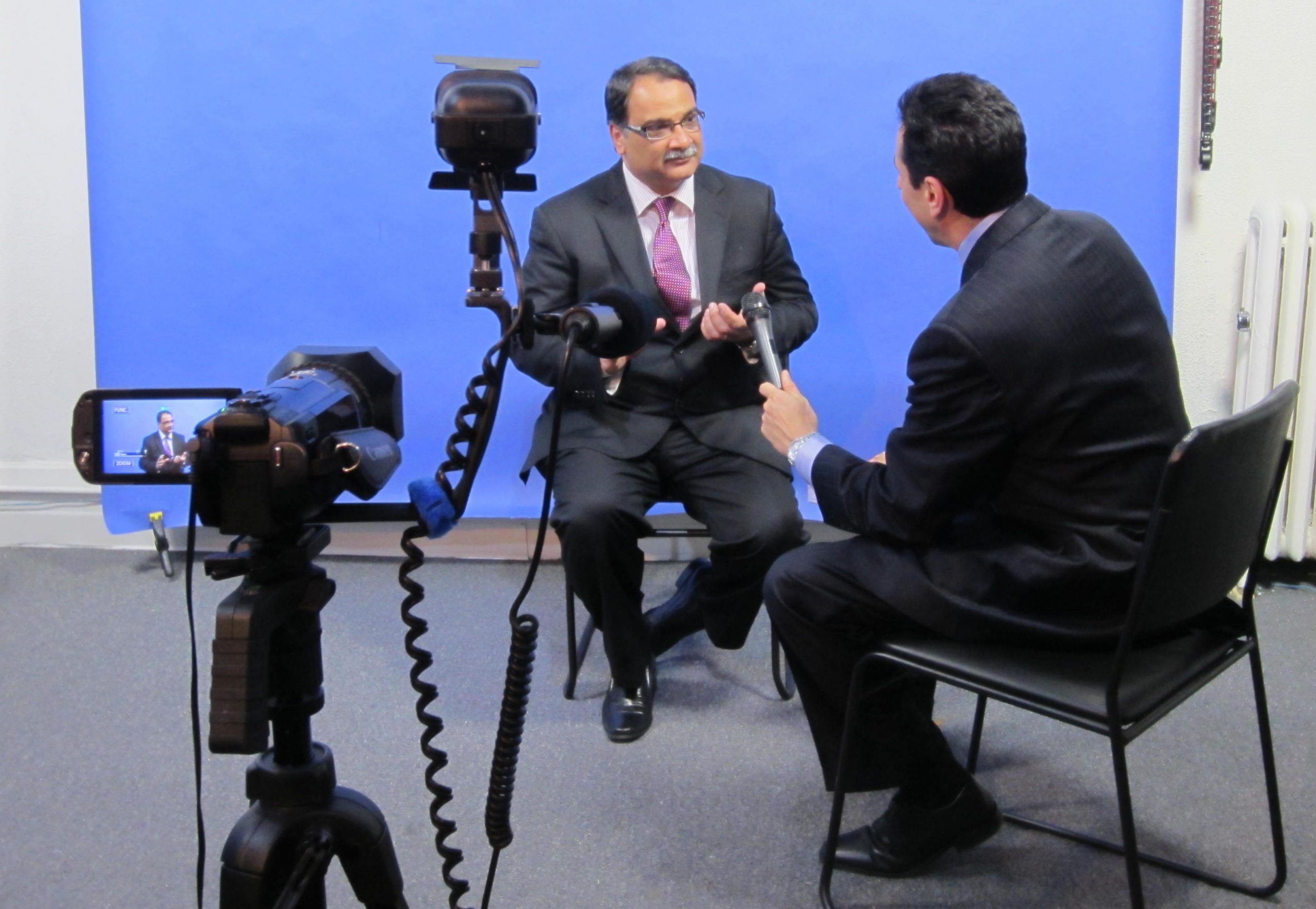In the high-stakes world of corporate leadership, a CEO’s words can move markets, shape public perception, and influence the future of their company. However, when media interviews go awry, the fallout can be severe. By examining real-world case studies, we can extract valuable lessons that every executive should heed. Check out some of the examples below… and lessons learned.

CEO Media Training
Case Study 1: Lululemon’s Chip Wilson
The Blunder: Chip Wilson, the founder of Lululemon, faced intense criticism after suggesting that some women’s bodies were not suitable for the company’s yoga pants during a television interview. His comments were made in response to complaints about the quality of the fabric, implying that the issue was not with the product but with the body shape of certain customers. This remark sparked outrage, leading to a public relations crisis for Lululemon.
Lessons Learned:
- Avoid Insensitivity: CEOs must be careful to avoid making insensitive remarks that can alienate customers and damage the brand.
- Acknowledge and Learn from Mistakes: It’s crucial for CEOs to own up to their mistakes and take corrective action to rebuild trust.
- Understand the Power of Social Media: In today’s digital age, any blunder can quickly become viral, magnifying its impact.
- Crisis Management Skills: Effective crisis management involves swift and sincere communication to mitigate damage.
- Continuous Learning and Adaptation: CEOs should learn from their experiences and adapt their communication strategies to prevent future blunders.
Case Study 2: American Apparel’s Dov Charney
The Blunder: American Apparel’s CEO, Dov Charney, was criticized for launching a sales campaign during Superstorm Sandy, which was seen as capitalizing on a disaster. The campaign offered discounts to customers affected by the storm with the tagline “In case you’re bored during the storm.” This attempt to leverage a natural disaster for sales was met with widespread condemnation, highlighting a severe lapse in judgment.
Lessons Learned:
- Prepare for the Unexpected: CEOs should anticipate and prepare for crises, ensuring their responses are appropriate and sensitive.
- Embrace Ethical Leadership: Ethical considerations should guide all decisions, especially during sensitive times.
- Avoid Dismissive Behavior: Dismissing public concerns can lead to a perception of arrogance and damage the CEO’s and company’s image.
- Balance Personal and Corporate Branding: CEOs need to carefully balance their personal branding efforts with the interests of the company.
- Be Mindful of Legal Ramifications: Understanding the potential legal consequences of marketing campaigns and public statements is essential.
Case Study 3: Better.com’s Vishal Garg
The Blunder: Vishal Garg, CEO of Better.com, faced backlash for firing 900 employees over a Zoom call, which was seen as impersonal and insensitive. The manner in which the layoffs were conducted, coupled with Garg’s blunt delivery and lack of empathy, sparked outrage both internally among remaining employees and externally in the court of public opinion. This incident not only damaged morale within the company but also tarnished its reputation in the broader business community.
Lessons Learned:
- Compassion / Stay on Message: Even in difficult situations like layoffs, it’s important to communicate with compassion and clarity.
- Understand Journalistic Practices: CEOs should be aware of how their actions and statements can be portrayed in the media.
- Adapt to Modern Standards: Modern leadership requires transparency and a human touch, especially when delivering tough news.
- Learn from Other Leaders: Observing how other executives handle similar situations can provide valuable insights.
- The Power of Practice: Rehearsing difficult conversations can help CEOs deliver messages more effectively and with the appropriate tone.
Through these case studies, we see that the lessons learned are not just about avoiding blunders but also about building a resilient and ethical leadership style that can withstand the pressures of the media spotlight. CEOs who take these lessons to heart will be better equipped to represent their companies and themselves in the best possible light.
